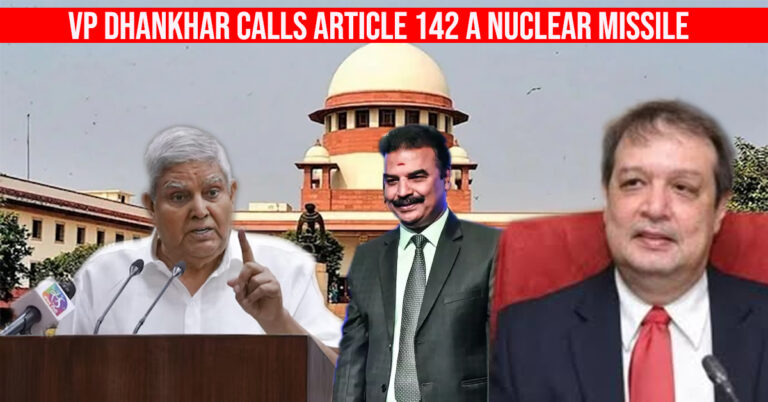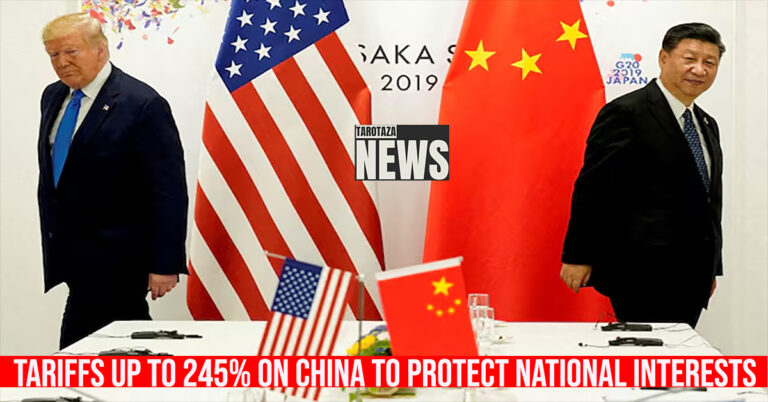
Jallianwala Bagh Massacre
On April 13, 1919, thousands gathered in Jallianwala Bagh, a garden in Amritsar, India. They celebrated Baisakhi and protested British oppression peacefully. British troops, led by General Dyer, arrived suddenly. Without warning, they fired on the unarmed crowd relentlessly. Hundreds died, and many were injured in minutes. This massacre is a symbol of the cruelty of a tyrannical regime, which this country can never forget. The sacrifice of our brave martyrs in the face of this injustice and oppression will continue to inspire future generations to fight against injustice with determination.

Historical Context
The British ruled India since the 1700s, exploiting its wealth. They taxed heavily and crushed dissent ruthlessly. By 1919, unrest was growing rapidly across India. The Rowlatt Act sparked outrage with its harsh rules. It allowed arrests without trials, enraging Indians. Protests erupted, especially in Amritsar, Punjab’s heart.
British officials feared losing control as defiance spread. They banned gatherings, yet people resisted boldly. On that April day, Jallianwala Bagh drew thousands. The stage was set for tragedy to unfold.
The Massacre
Jallianwala Bagh was enclosed, with one narrow exit only. Nearly 20,000 people filled it, unaware of danger. General Dyer ordered troops to block the exit. He commanded them to fire without any warning. Bullets rained for ten minutes straight.
People screamed, ran, and fell in chaos. Some jumped into a well, drowning tragically. Others were trampled as panic took over. Official counts say 379 died, 1,200 hurt. Indian estimates claim over 1,000 perished.
A boy, Sher Singh, lost his father there. Just 12, he saw him shot dead. A pregnant woman, Lakshmi, took a bullet too. She lived, but her unborn child didn’t. Survivors like Hans Raj hid and escaped. Rattan Devi watched her husband die helplessly.
Personal Stories
Sher Singh’s life changed that day forever. Orphaned, he grew into a freedom fighter. Lakshmi mourned her child but found purpose. “I lost my baby, but gained a nation,” she said. Hans Raj recalled, “People fell like pins everywhere.”
Rattan Devi’s words haunt still: “I couldn’t save him.” These stories show real pain and courage. They remind us of the human cost endured. The sacrifice of our brave martyrs echoes through time.
Aftermath
India roared in anger after the massacre spread. The British tried to hide the truth initially. A commission investigated but spared Dyer punishment. Some in Britain even praised him as heroic. Indians saw it differently, fueling their resolve.
Mahatma Gandhi called it “monstrous cruelty” unveiled. Jawaharlal Nehru saw Britain’s “brutal force” exposed. The non-cooperation movement began, shaking the empire. This massacre is a symbol of the cruelty of a tyrannical regime, which this country can never forget.
Impact on Independence
The massacre lit a fire in India’s soul. Boycotts of British goods started nationwide. People quit British jobs, rejecting their rule. Gandhi led with peace, inspired by martyrs. Nehru and others pushed harder for freedom.
The sacrifice of our brave martyrs drove change. It showed tyranny’s face and rallied millions. India’s fight gained strength from their blood. Independence came in 1947, a hard-won victory.
International Reaction
The world gasped at the massacre’s brutality. Winston Churchill condemned it as “monstrous” in Britain. He called it unprecedented in empire history. The New York Times labeled it “bloody history.”

Indians abroad rallied, spreading the word fast. Global outrage pressured Britain to respond. Yet, justice remained elusive for the victims. The sacrifice of our brave martyrs reached beyond borders.
In Literature and Film
Salman Rushdie wrote of it in “Midnight’s Children.” The massacre shapes his hero’s fate there. In “Gandhi,” it turns peace into action. “The Legend of Bhagat Singh” shows its spark.
These works keep the story alive today. They teach new generations about the horror. This massacre is a symbol of the cruelty of a tyrannical regime, which this country can never forget.
Debate Over Apology
In 2019, Britain’s leader expressed “deep regret” only. Theresa May called it a “shameful scar.” Many demanded a full apology instead. India still waits for that formal reckoning.

Some say it’s too late to matter now. Others believe it heals old wounds still. The debate reflects the massacre’s lasting pain. The sacrifice of our brave martyrs demands acknowledgment.
Visiting Jallianwala Bagh Today
I stood there once, staring at bullet-scarred walls. Sadness hit me hard, then anger followed. How could this happen to innocent souls? Yet pride swelled for their unbroken spirit.
A visitor whispered, “Their courage lives on here.” The memorial flame burns for the fallen. Jallianwala Bagh humbles and inspires us all. This massacre is a symbol of the cruelty of a tyrannical regime, which this country can never forget.
Reflections on History
George Santayana warned, “Forgetting history repeats it.” Remembering honors the dead and teaches us. It shows tyranny’s cost and resistance’s power. We learn from the past to shape tomorrow.

The sacrifice of our brave martyrs fuels this lesson. Their deaths weren’t in vain but transformative. This massacre is a symbol of the cruelty of a tyrannical regime, which this country can never forget.
A Lasting Legacy
Jallianwala Bagh stands as a testament today. It reminds us of oppression’s dark face. Yet it celebrates the spirit that rose. The sacrifice of our brave martyrs endures forever.
Future generations draw strength from their story. They fought injustice, and so must we. This massacre is a symbol of the cruelty of a tyrannical regime, which this country can never forget.

Conclusion
This event scars India’s heart but lifts its spirit. The sacrifice of our brave martyrs shines bright. It urges us to fight injustice always. Let’s build a world free of such cruelty.
Their legacy isn’t just history but hope. This massacre is a symbol of the cruelty of a tyrannical regime, which this country can never forget. The sacrifice of our brave martyrs in the face of this injustice and oppression will continue to inspire future generations to fight against injustice with determination.
Specifications:
- Date: April 13, 1919
- Location: Jallianwala Bagh, Amritsar, India
- People Present: ~20,000
- Troops: 50 British soldiers
- Rounds Fired: 1,650
- Duration: 10 minutes
- Casualties: 379+ killed, 1,200+ injured
Final Notes
The Jallianwala Bagh massacre lives in India’s memory. This massacre is a symbol of the cruelty of a tyrannical regime, which this country can never forget. The sacrifice of our brave martyrs in the face of this injustice and oppression will continue to inspire future generations to fight against injustice with determination.




